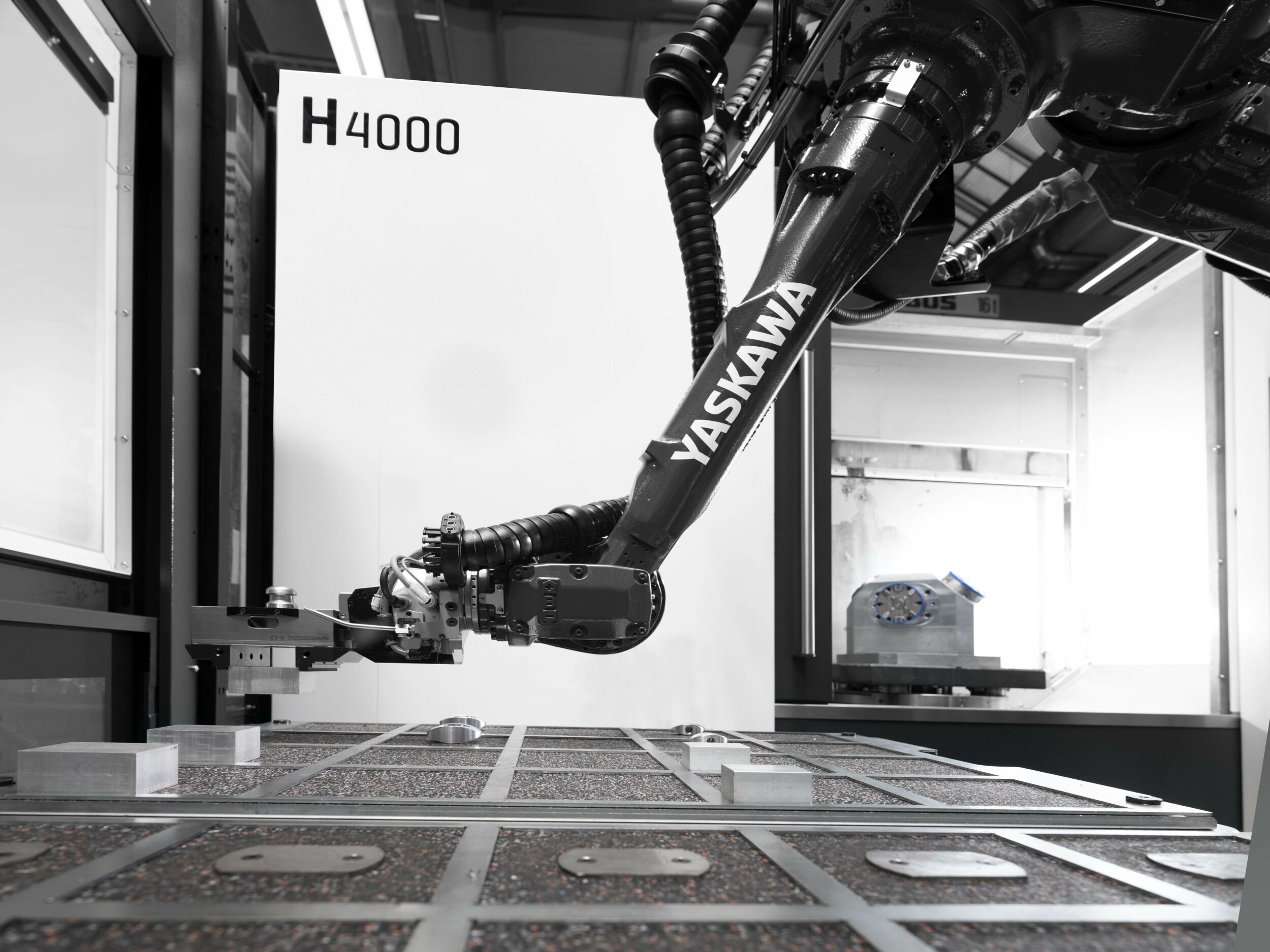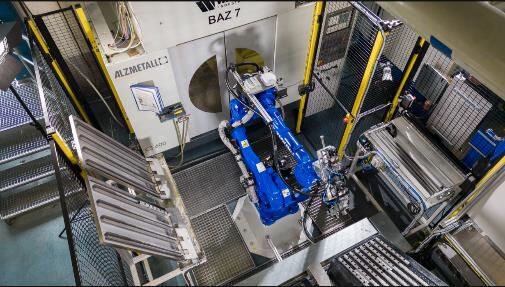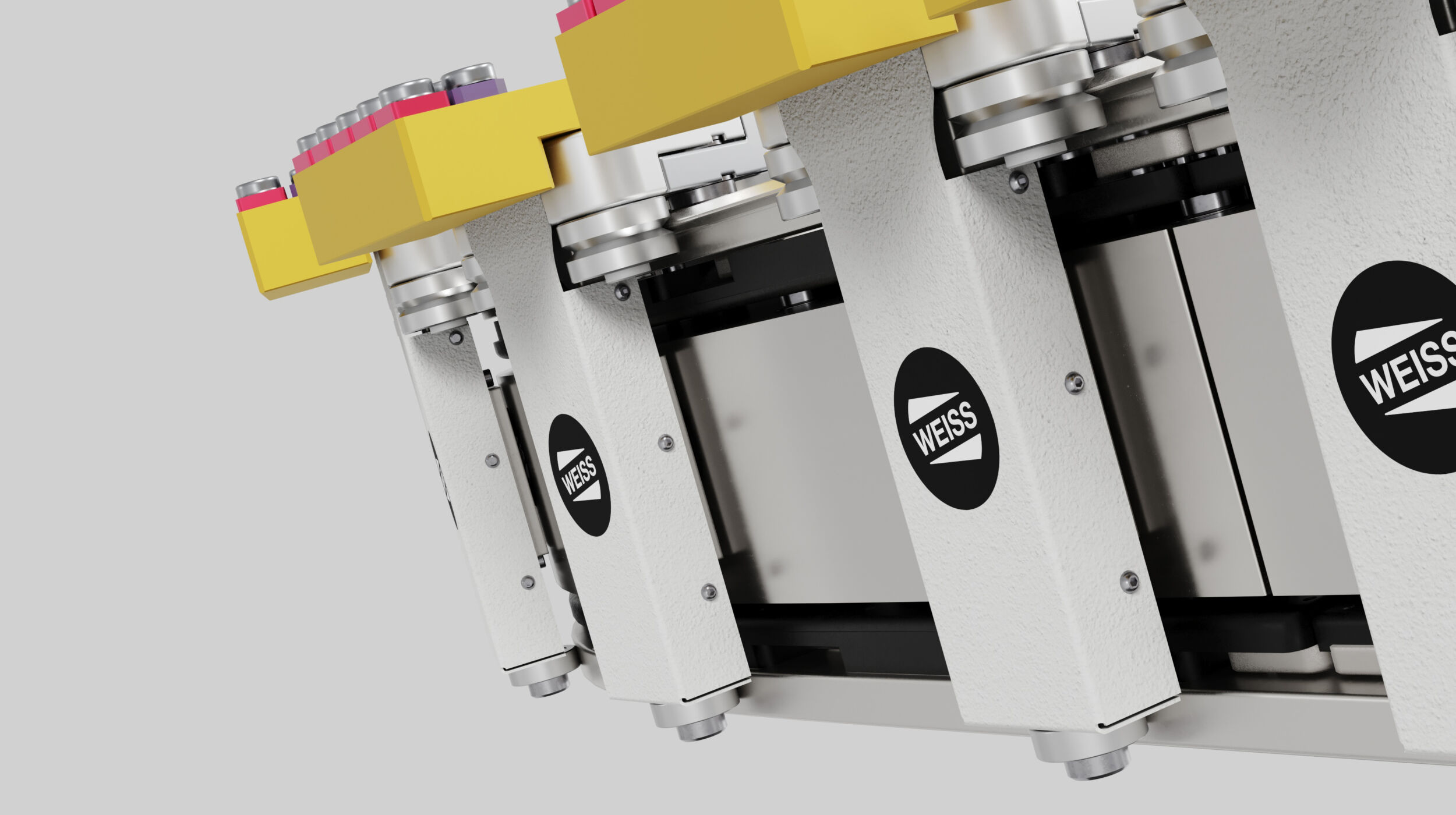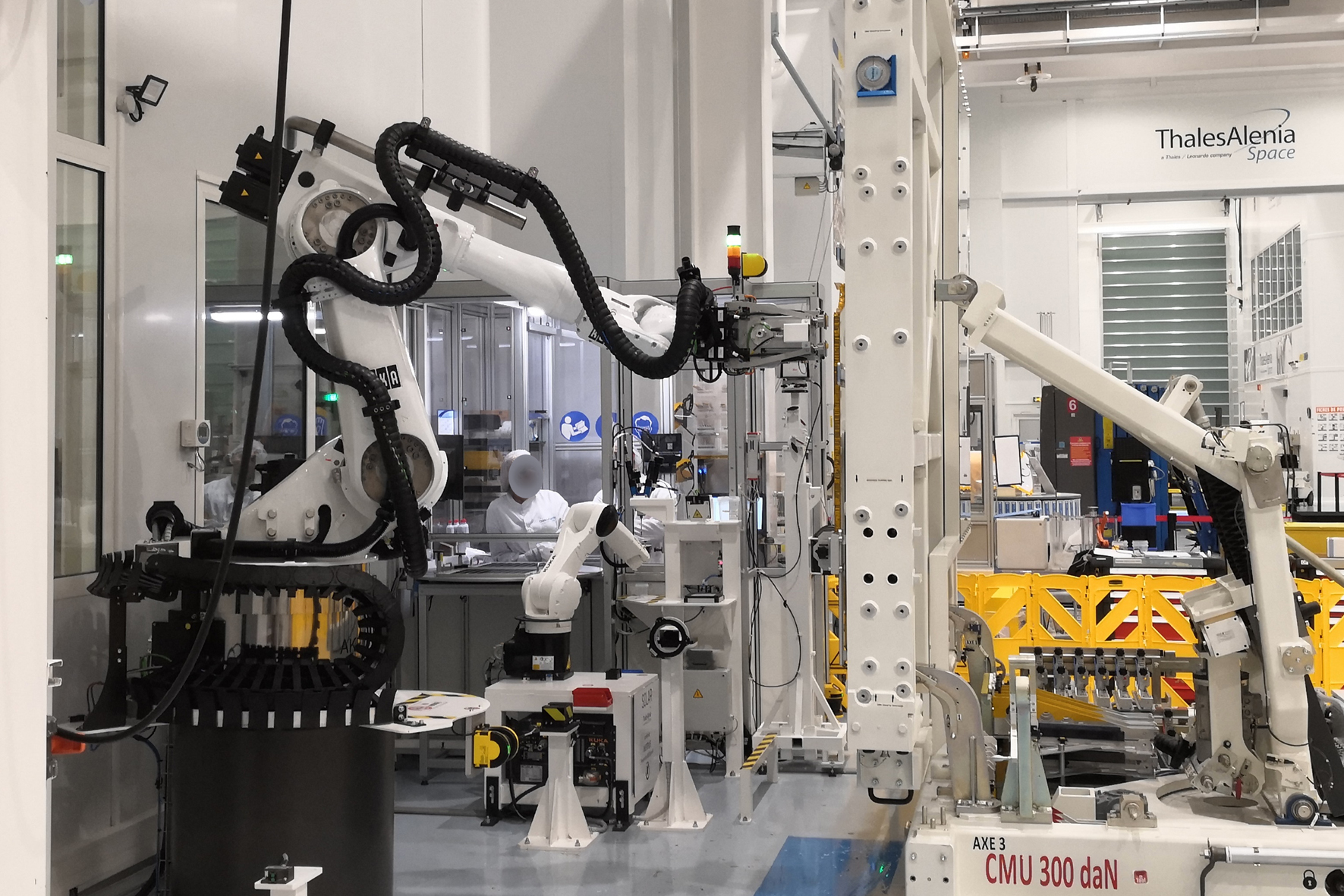Integrators are dead, long live the integrator
We’re not there yet
For many years integrators have engineered, built and installed automation machinery for their manufacturer clients. As manufacturing has begun to move from mass production to mass customization, the integration process has required more flexibility and increasingly used robots as part, if not all, of the solution.
On my recent research trip to Odense, Denmark, the value offered by integration firms was clearly evident in the integrator companies I visited. Each quietly went about helping their manufacturer clients solve production problems by designing, building, testing and installing complete or partial automated manufacturing lines and systems. They all appeared to be having success pains: each had recently moved into larger quarters and were quickly filling the new space, and each was finding it difficult to hire all the technical talent they sought.
What is an integrator?
Instead of robot manufacturers customizing their products for all the applications customers require, they rely instead on distributors and integrators to apply their expertise to help the end user customize their robots to fit their unique needs. The multiple roles integrators play in the growing robotics industry has gone unsung yet they are an integral part of the robotics distribution channel. There is even an integrator certification program offered by robotics associations around the world. Each of the Big Four robot manufacturers (Kuka, Fanuc, ABB and Yaskawa Motoman) have hundreds of integrators licensed to work with them in sales, service and support of their robots. There are hundreds more integrators that are hardware agnostic, i.e., they select the robot manufacturer that best solves their customer’s requirements. Recently, with the advent of plug-and-play collaborative robots and the growing use of newer and more user-friendly methods of training and programming, it was thought by many that integrators would become a dying breed replaced by super capable and easy to install and integrate multi-purpose robots. We’re not there yet nor are we likely to be there for many years to come. Hence the title of this article. Integrators offer specialized engineering and programming services that many manufacturers either don’t have the staff to handle or don’t want to invest in that level of staff. Integrators come in, help define the problem and solution, and then build and test it. Then they pack it up and move it to the manufacturer’s facility and install and integrate it into their in-house systems. They train the operators and when the system and operators are working successfully, they walk away, job done.













